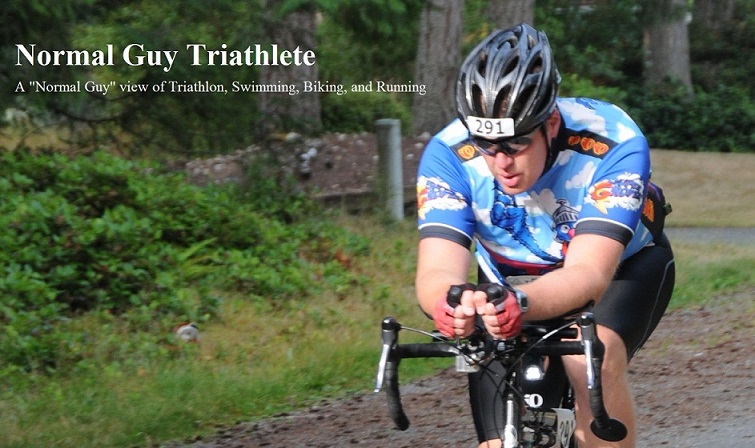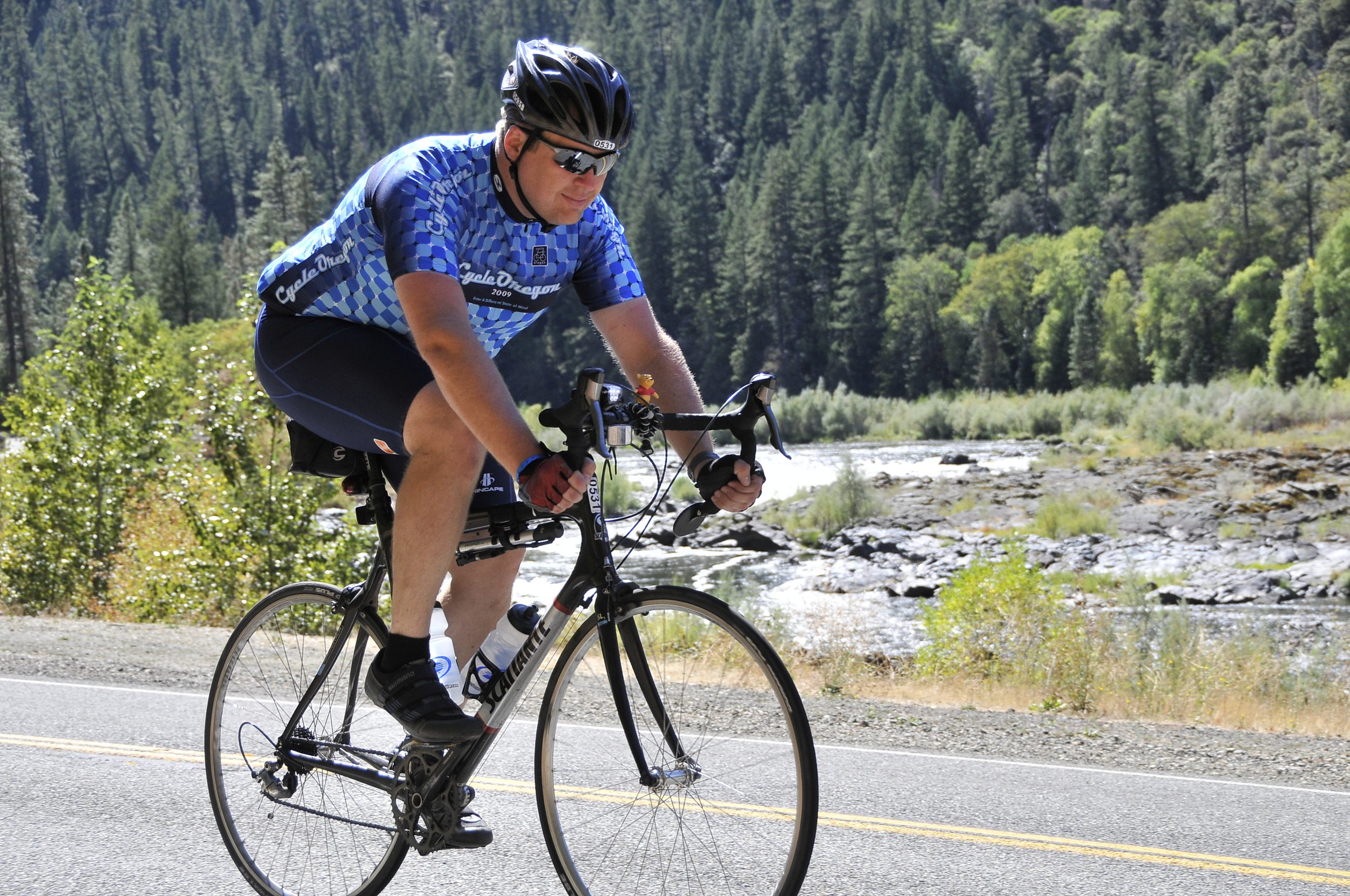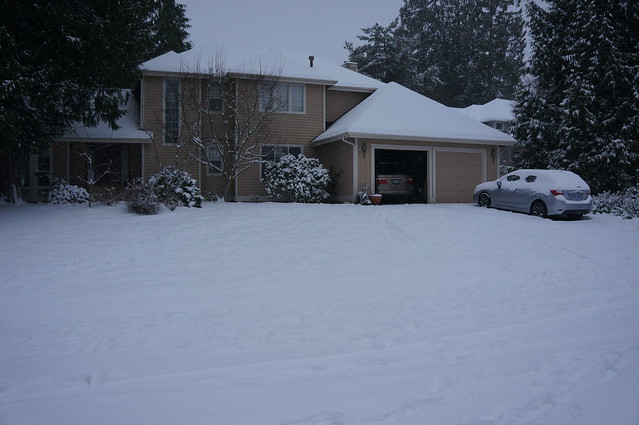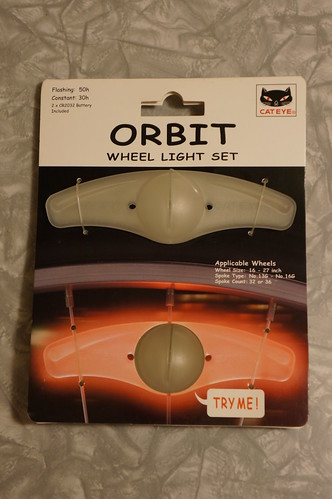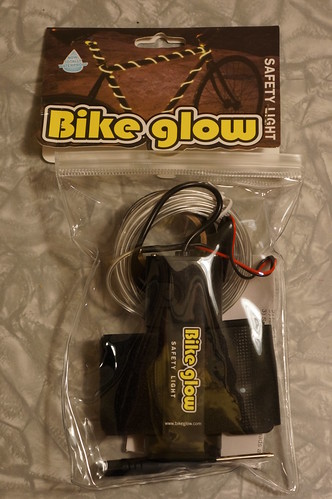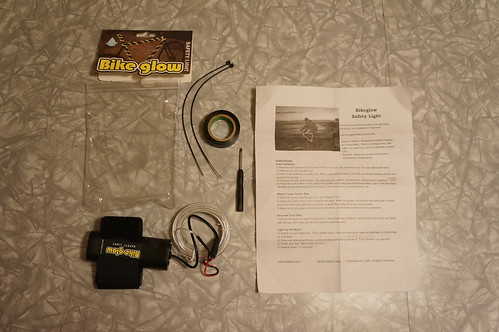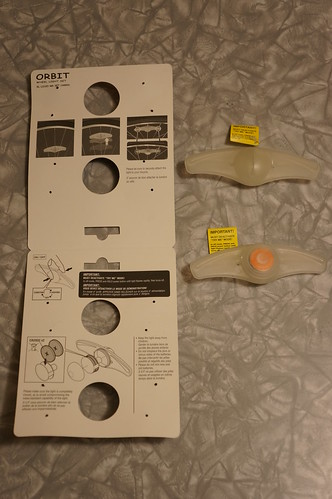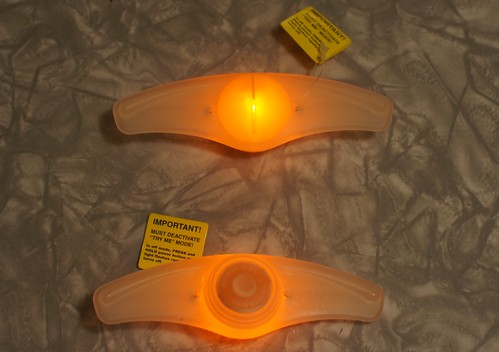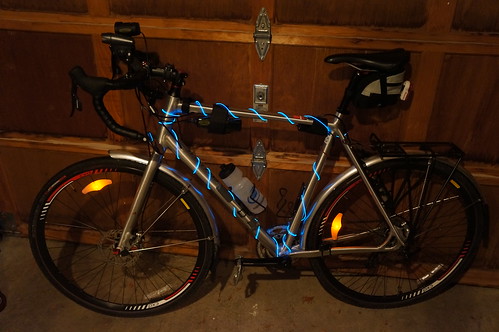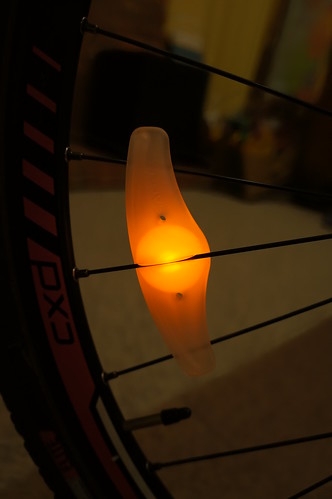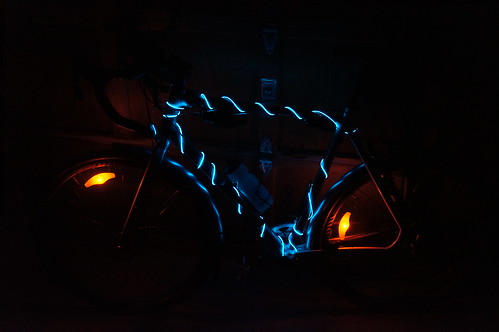
So today Lance gave up his fight against the USADA. I can imagine him throwing his hands up in the air shouting, "Fine! Whatever! I'm done!"
He's not gaining a lot of sympathy, being called a liar and a cheat, but the impact of this controversy may actually hit your's truly. Why, you may ask? Because, empowered by the publicity of this campaign, the USADA is greatly expanding their testing of amateur athletes.
I am torn on this issue. My position on professional athletics is that they should all be tested. How they do the testing and the process for appealing and monitoring for corruption is another debate that I will not attempt to address herein. What about amateurs?
Is it OK for someone who competes on an amateur level to abuse testosterone, EPO, HGH, etc.? (Hint: quite a fewactually do) No, they should not but should they be subject to the same rules, guidelines, and procedures as the pros?
Like I said, I'm torn.
Sorry, rant time…
Outside Magazine today published an article that got me thinking more about this...
This quote from the article represents my main problem with amateur testing:
“Millions of amateurs who compete under USADA guidelines as members of organizations like USA Triathlon and USA Track and Field have no idea which medications—even over-the-counter ones—could bring a suspension. Forcing people to follow the same rules as the pros could turn them away simply because of the hassle.”
There are a lot of hobbyists (like me) and weekend-warriors who have no clue about the USADA/WADA guidelines for banned substances (and have no interest in learning). I have frequent sinus and allergy issues and my favorite remedy (pseudoephedrine, the main ingredient in Mucinex-D, Sudaphed, Claritin-D, Zyrtec-D, and a host of other drugs) is a banned substance. What other supplements, drinks, or medications do I take that are also banned? I really don’t care.
I have made it clear that the reason I'm racing has nothing to do with the other competitors on the course. I don’t race in an attempt to beat someone else: I race against myself. If you think that statement is ludicrous I point you to my last race result where it is clear that I had no chance at a podium finish in my age group, let alone the entire race, and probably never will. My personal schedule and commitments do not allow for the level of training necessary for me to be even an AG competitor and certainly not on the overall category. Maybe after my kids are out of the house (8-10 years in the future)?
So here’s the punch line: no one need fear me beating them at a race. If they ask me to be tested I will politely decline and then avoid sanctioned races while I wait out my inevitable suspension in protest. I’m not going to change my diet/nutrition to appease the USADA and their doping policies just so I can compete in a sanctioned race. I don’t need the hassle.
An interesting side note: Why is doping so prevalant? Because it works.
Another update: BEST POSITIVE DOPING TEST EXCUSE EVER!!
